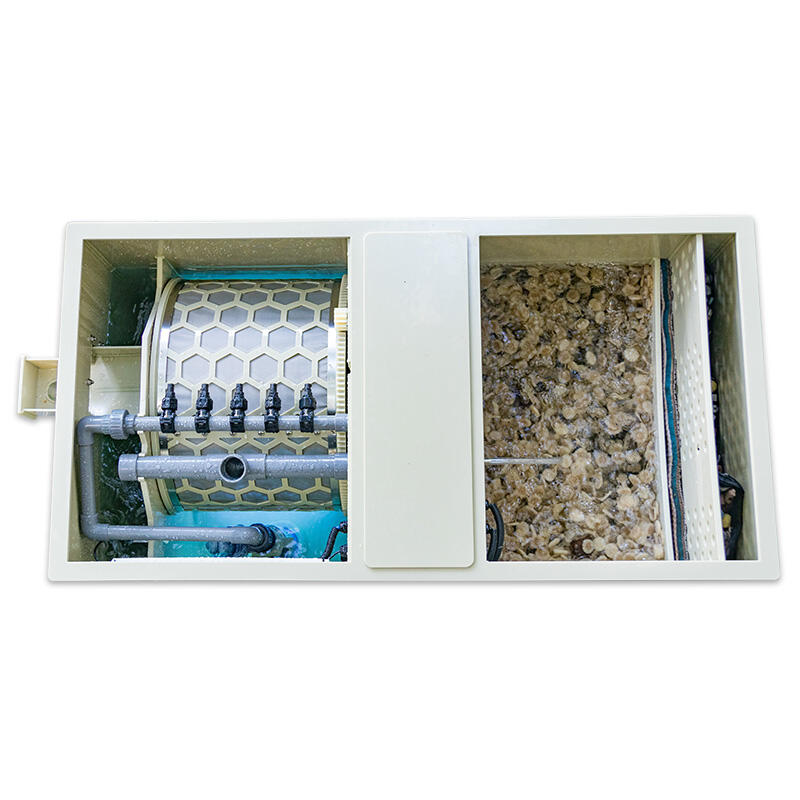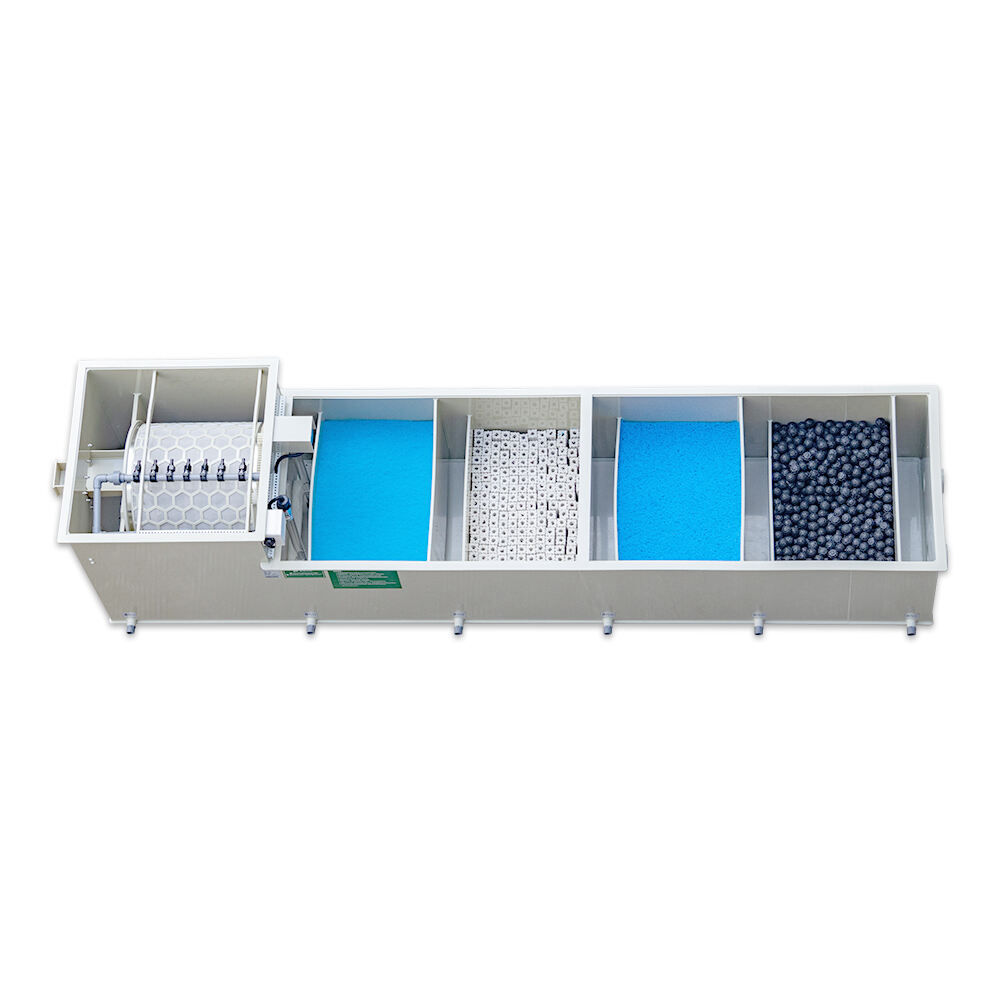pond filter system
A pond filter system is an essential component for maintaining a healthy aquatic ecosystem, combining mechanical, biological, and chemical filtration processes to ensure crystal-clear water and optimal conditions for aquatic life. This sophisticated system works by removing physical debris, breaking down harmful compounds, and maintaining proper water chemistry. The mechanical filtration stage captures floating particles, leaves, and other solid waste through various filter media. Following this, biological filtration utilizes beneficial bacteria colonies that naturally process ammonia and nitrites into less harmful substances. The chemical filtration stage, often incorporating activated carbon or zeolite, removes dissolved pollutants and helps maintain proper pH levels. Modern pond filter systems frequently include UV sterilizers to eliminate algae and harmful microorganisms, while advanced models feature automated backwashing capabilities and energy-efficient pumping mechanisms. These systems are scalable to accommodate ponds of various sizes, from small decorative gardens to large commercial installations, and can be customized with different media types to address specific water quality challenges.


